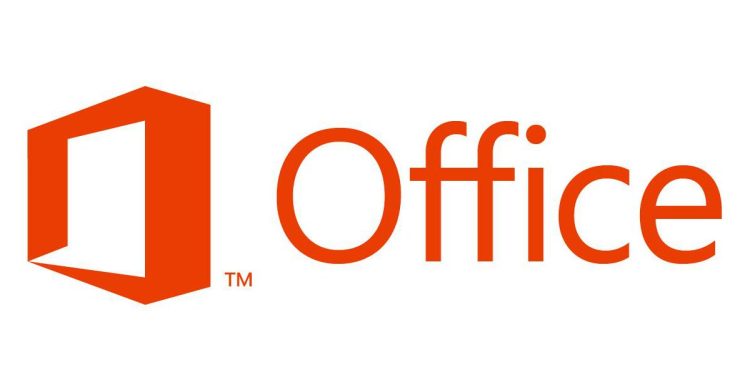At Ignite, Microsoft’s enterprise technology conference in Orlando today, the company announced Office 2019. The next version of the productivity suite will be released in the second half of 2018, with previews arriving in the middle of the year.
Microsoft didn’t share many details about Office 2019, though we can expect “perpetual versions of the Office apps (including Word, Excel, PowerPoint, and Outlook) and servers (including Exchange, SharePoint, and Skype for Business).” As for new features, the company mentioned a few: new and improved inking features, like pressure sensitivity, tilt effects, and ink replay; new formulas and charts for data analysis in Excel; visual animation features like Morph and Zoom in PowerPoint; and server enhancements, including updates to IT manageability, usability, voice, and security.
In short, Office 2019 will bring “new user and IT capabilities for customers who aren’t yet ready for the cloud.” The announcement is Microsoft’s way of acknowledging that many companies aren’t yet prepared to move away from traditional software.
Here is Microsoft’s explanation of why Office 2019 is being developed:
June 5th: The AI Audit in NYC
Join us next week in NYC to engage with top executive leaders, delving into strategies for auditing AI models to ensure fairness, optimal performance, and ethical compliance across diverse organizations. Secure your attendance for this exclusive invite-only event.
Cloud-powered innovation is a major theme at Ignite this week. But we recognize that moving to the cloud is a journey with many considerations along the way. Office 2019 will be a valuable upgrade for customers who feel that they need to keep some or all of their apps and servers on-premises, and we look forward to sharing more details about the release in the coming months.
Microsoft has 27 million Office 365 subscribers, according to its most recent quarterly earnings report. The company grows that number every quarter, pushing the suite, which is available in 150 markets, into more hands. And yet, while Office 365 is Microsoft’s present and future, new desktop versions are still coming out like clockwork.
The last four releases of Microsoft Office arrived about three years apart: Office 2007, Office 2010, Office 2013, and Office 2016. With Office 2019, Microsoft clearly wants to keep this pattern going for a fifth release.
It’s too bad, because I think Office 2020 has a nice ring to it.

